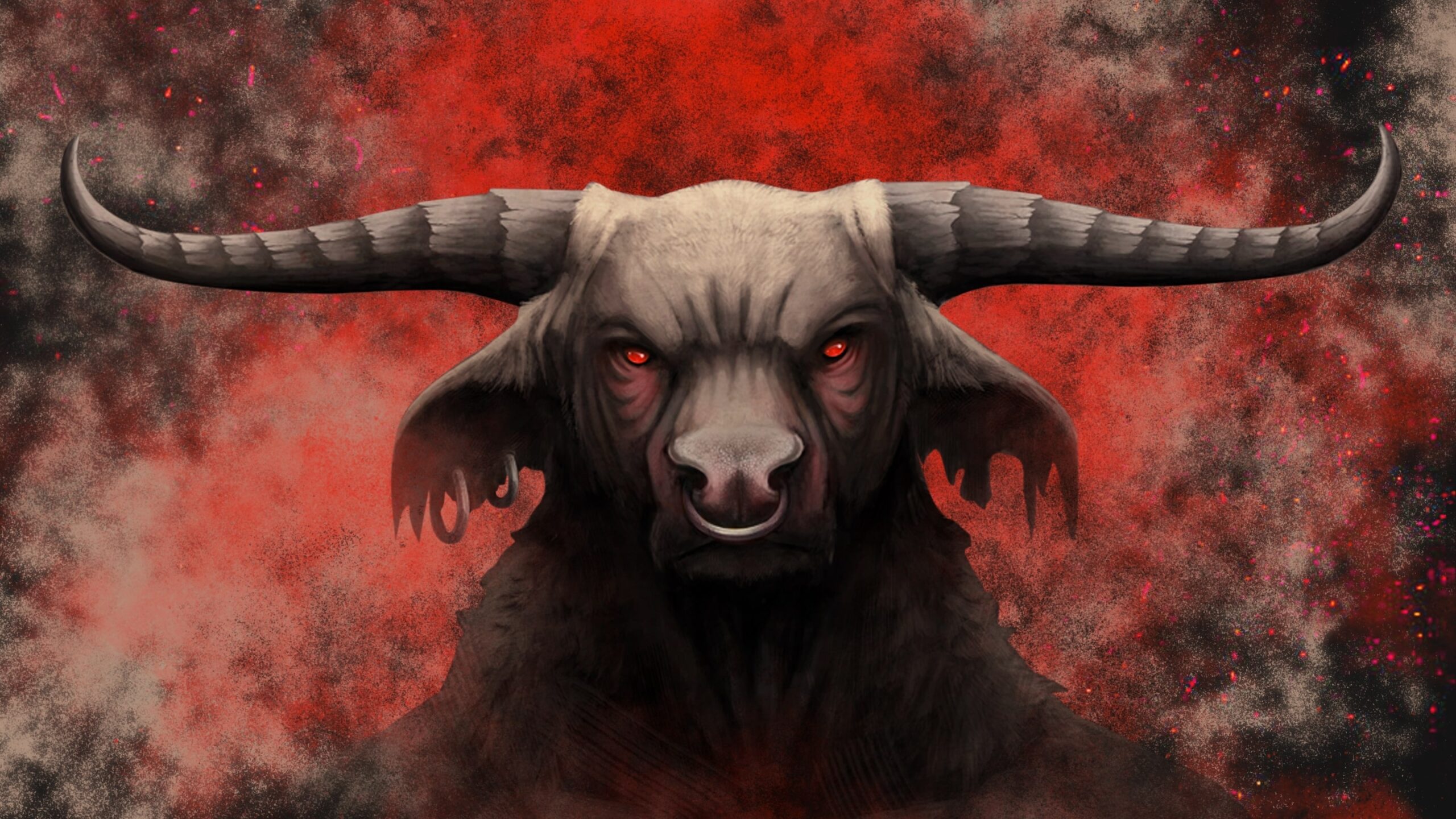Greek mythology is filled with captivating creatures, but the centaur and the minotaur stand out as particularly intriguing. Centaurs are half-human, half-horse beings known for their wild and unruly nature, while the minotaur has the body of a man and the head of a bull, residing in the labyrinth of King Minos. Centaurs are often chaotic and troublesome, while the minotaur symbolizes primal brutality. These creatures have played significant roles in Greek mythology, with the wise and kind Chiron standing out among centaurs and the minotaur serving as a formidable obstacle for heroes. Their unique traits and significance in Greek mythology continue to inspire literature, art, and popular culture.
Centaurs vs. Minotaurs: Unearthing the Unique Traits of Greek Mythological Creatures
Introduction
Greek mythology is rich with fantastical creatures that have captivated the imagination of people for centuries. Among these creatures, two stand out as particularly intriguing – the centaur and the minotaur. In this article, we will explore the unique traits of these mythological beings and compare their characteristics, origins, and significance in Greek mythology.
Centaurs
Centaurs are half-human, half-horse creatures that are often depicted as wild and unruly. In Greek mythology, they are known for their penchant for wine, revelry, and violence. According to legend, centaurs were born from the union of Ixion, a king of the Lapiths, and Nephele, a cloud nymph created by Zeus to resemble Hera. The most famous centaur is Chiron, known for his wisdom, knowledge of medicine, and skill in the art of war. Unlike other centaurs, Chiron was known for his kindness and gentleness, making him a unique figure among his kind.
Minotaurs
The minotaur, on the other hand, is a creature with the body of a man and the head of a bull. In Greek mythology, the minotaur resided in the labyrinth of King Minos of Crete, where it was fed a tribute of young Athenian men and women until it was eventually slain by the hero Theseus. The minotaur is often seen as a symbol of primal brutality and the darker aspects of human nature. Its monstrous appearance and savage nature make it a fearsome and formidable creature in Greek mythology.
Comparing Unique Traits
While both centaurs and minotaurs are hybrid creatures, they possess unique traits that set them apart from each other. Centaurs are often depicted as having a wild and untamed nature, with a love for revelry and violence. In contrast, minotaurs are seen as symbols of primal brutality and savagery, residing in the dark depths of the labyrinth as a fearsome and menacing presence.
Significance in Greek Mythology
The centaur and the minotaur have both played significant roles in Greek mythology. Centaurs have been featured in numerous tales, often as chaotic and troublesome figures that cause havoc and chaos. Chiron, in particular, is revered for his wisdom and knowledge, occupying a unique position as a mentor and teacher to many Greek heroes. The minotaur, on the other hand, has become a symbol of terror and the darker aspects of humanity, serving as a formidable obstacle for heroes like Theseus to overcome.
Conclusion
In conclusion, centaurs and minotaurs are fascinating creatures with unique traits that have captured the imagination of people for centuries. With their rich lore and symbolism, they continue to be a source of inspiration in literature, art, and popular culture. Their contrasting natures and significance in Greek mythology make them compelling subjects for further exploration and understanding.
